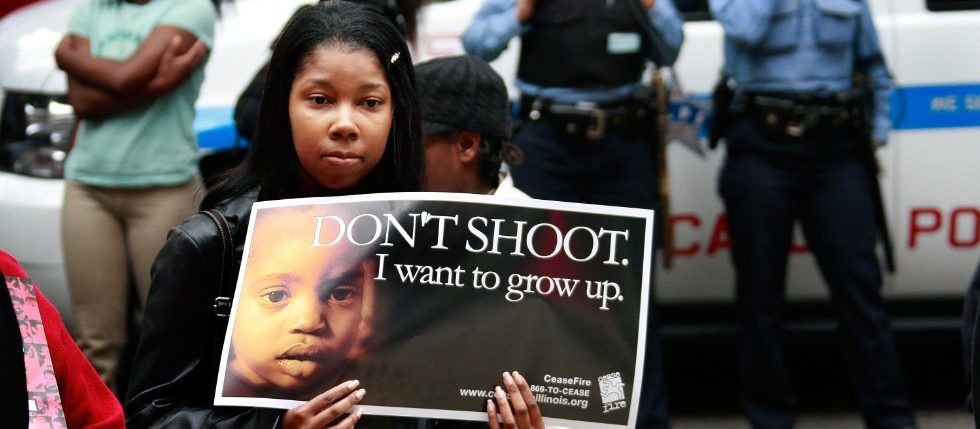The articles discussed below, both written by Evie Blad in Education Week, provide two different insights into the effects of gangs and neighborhood violence on school-aged children. “Youth Gang Involvement Is a Public Health Issue Into Adulthood, Study Concludes” focuses on specific consequences that gang membership causes. On the other hand, “Illinois to Spend $10 Million to Expand Chicago’s Safe Passage Program” describes examples of actions taken by Chicago to prevent gang contact and provide safe passage to school.
Problem: Gang Membership
Gangs permeate into many aspects of school-aged children’s lives. Evie Blad, in her article “Youth Gang Involvement Is a Public Health Issue Into Adulthood, Study Concludes,” describes a study conducted by the Social Development Research Group on the impact of gang membership on students and their long-term life trajectory. Citing the study, Blad describes three salient and alarming findings:
- “’Adolescent gang membership significantly predicted self-reported crime, receipt of illegal income, and incarceration.’”
- “’Adolescent gang membership significantly predicted lower rates of high school graduation.’”
- “’Adolescent gang membership predicted poorer health and mental health in adulthood.’” (Blad, 2014a)
In short, gang membership has very tangible and detrimental consequences on the life outcomes of those who join. Membership corresponds with lower levels of education, poorer health, and a larger propensity for crime, all of which indicate a more dangerous and less luxurious life.
Problem: Safe Routes to School and Safe Schools
Blad’s next article, “Illinois to Spend $10 Million to Expand Chicago’s Safe Passage Program,” was published five months later, and provides an example efforts made by the Chicago community to address gangs with the Safe Passage Program. The Safe Passage program is a collaboration between the Chicago Public School System, the Chicago Police Department, and various community organizations that works to provide safe travels for students to and from school. The program was expanded in 2014 due to school closures that increased the distances of students’ journeys to schools and had the potential to provoke increased gang-related violence. Blad describes that the program has been found to decrease criminal incidents around schools by 20%, decrease incidents between students by 27%, and increase attendance in high schools by 7% (Blad, 2014b). Overall, the program has shown to be very effective in preventing exposure to violence or contact with gangs, and has proven to been very beneficial to students and school environments.
Gangs as a Multi-Faceted but Addressable Issue
In considering the articles together, the many dimensions of the relevance of gangs in and around schools combine to demonstrate the pressing nature of the gangs in school. Although Blad’s analysis of the study on gangs describes the severely detrimental consequences of being a member, her article on gang presence in Chicago demonstrates that gangs – whether they appear on the walk to school or within the school building – serve as an inescapable influence on the lives of students.
As a result, Blad’s second article that describes Chicago’s Safe Passage Program is an essential addition to the gang literature. It provides a clear example of actions communities can take to protect students both from exposure to gang-related violence and also from recruiting, which, if efforts were successful, would lead to the health, educational, and criminal consequences described in the first article. The impact of gangs is severe and far-reaching, therefore, it is essential to both understand the effects and understand what communities can do to address the issue.
